FS Colour Series: CAMEL Inspired by Gustave Courbet’s Sandy Brown
The warm, soft hue of CAMEL can be seen throughout the art of daring French realist painter Gustave Courbet, a raw, human, and naturalistic hue that allowed him to convey the humble, truthful elements of nature with great clarity and honesty. While Courbet might have attracted the most controversy and attention for his politicised figurative paintings, he was also a keen landscape painter, finding in the rural views of France a deep connection to his homeland. He wrote, “Painting is the representation of visible forms. The essence of realism is its negation of the ideal.”
As the artist who called himself the “proudest and most arrogant man in France,” Gustave Courbet was born in 1819 in the small French commune of Ornans. Following his art training in Paris, he made art that was rebellious and scandalous from a young age, bucking the idealised mythological scenes favoured by the Parisian Salon for a more brutally honest depiction of real people and places. Despite facing ridicule and criticism, Courbet was steadfast in his desire to paint the gritty truth of real life, however unidealized or ‘ugly.’ As such, his truthful portrayals of nature as he saw it had a profound impact on the development of French painting, most notably the Barbizon School and French Impressionists.
Courbet was drawn to the rugged, wild nature of the sea throughout his career. Following his first visit to the coastal region of Le Havre, he wrote in a letter to his parents, “I am delighted with this trip, which has quite developed my ideas about different things I need for my art. We finally saw the sea – the horizonless sea; how odd it is for a valley dweller. We saw the beautiful boats that sail upon it. It is too inviting, one feels carried away; one would leave to see the whole world.”
Courbet made the brooding, dimly lit painting Bords de la Mer, Palavas, 1854, during a visit to the South of France, as one of a series dedicated to the shifting light across oceanic views. This painting captures the contrasting textures of sand, rocks, water and sky with a minimal palette of muted beiges, blues and browns, as a contemporary caricaturist observed of this work while on display in Paris, “As God created the sky and earth from nothing, so has M. Courbet drawn his seascapes from nothing or almost nothing: with three colours from his palette, three brushstrokes – as he knows how to do it – there is an infinite sea and sky! Stupendous! Stupendous! Stupendous!”
The slightly later Paysage Près d’Ornans, 1865, was made in the artist’s birthplace of Ornans, a place he returned to repeatedly as an adult in search of simple, honest subject matter. Here a sandy, pale golden pathway weaves through the countryside from right to left and back again, winding us on a journey through the lush green valley, where small houses are scattered along the horizon line.
From 1865 onwards Courbet began making return visits to the Channel Coast, producing reams of paintings that he came to call his paysages de mer. He developed a particular fascination with what he called ‘Low Tide’ painting, with great expanses of sand and rock left bare and exposed. In La Manche, Environs d’Étretat, 1872, Courbet has designed his canvas with a low horizon line, allowing the brooding evening sky to fill his scene with glowering, dwindling light. Below the sky golden sand sweeps in a dramatic curve towards the horizon, pulling our eye towards the tiniest sliver of sunlight before it disappears into the darkness of night.





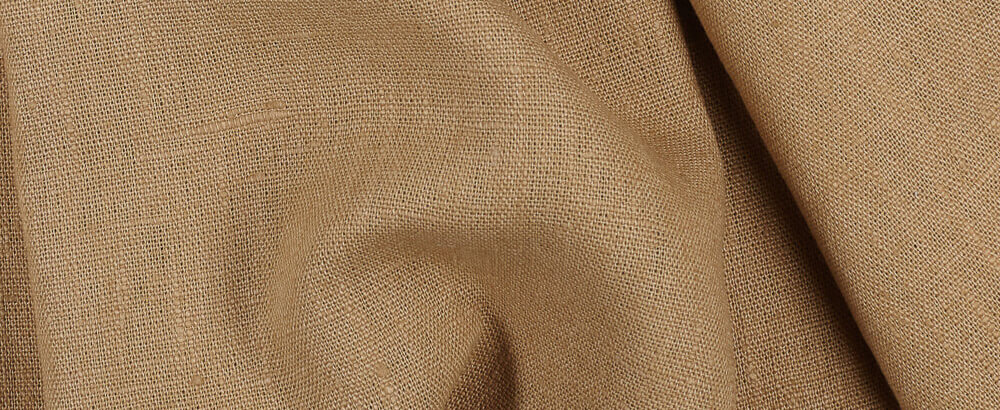
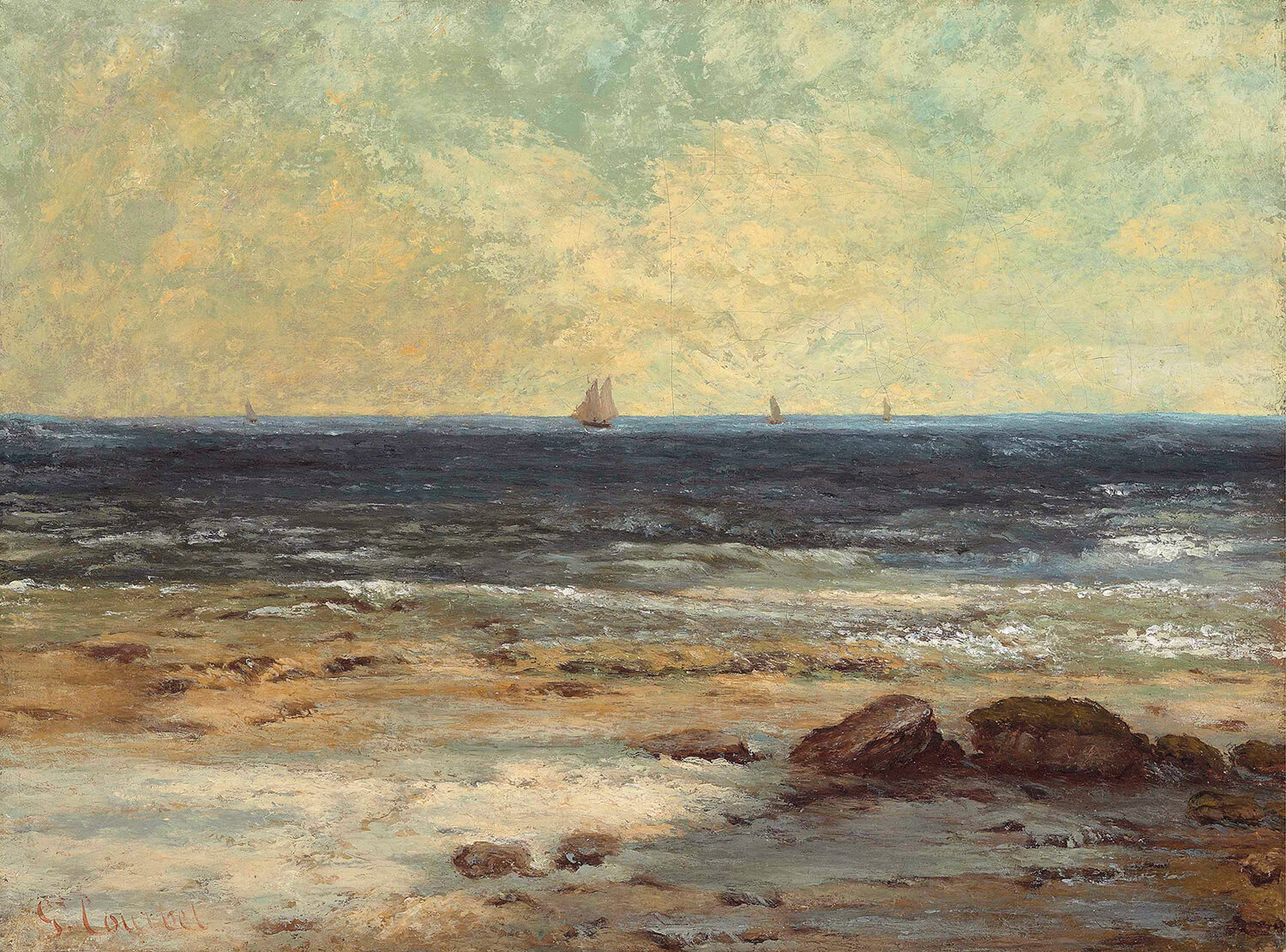
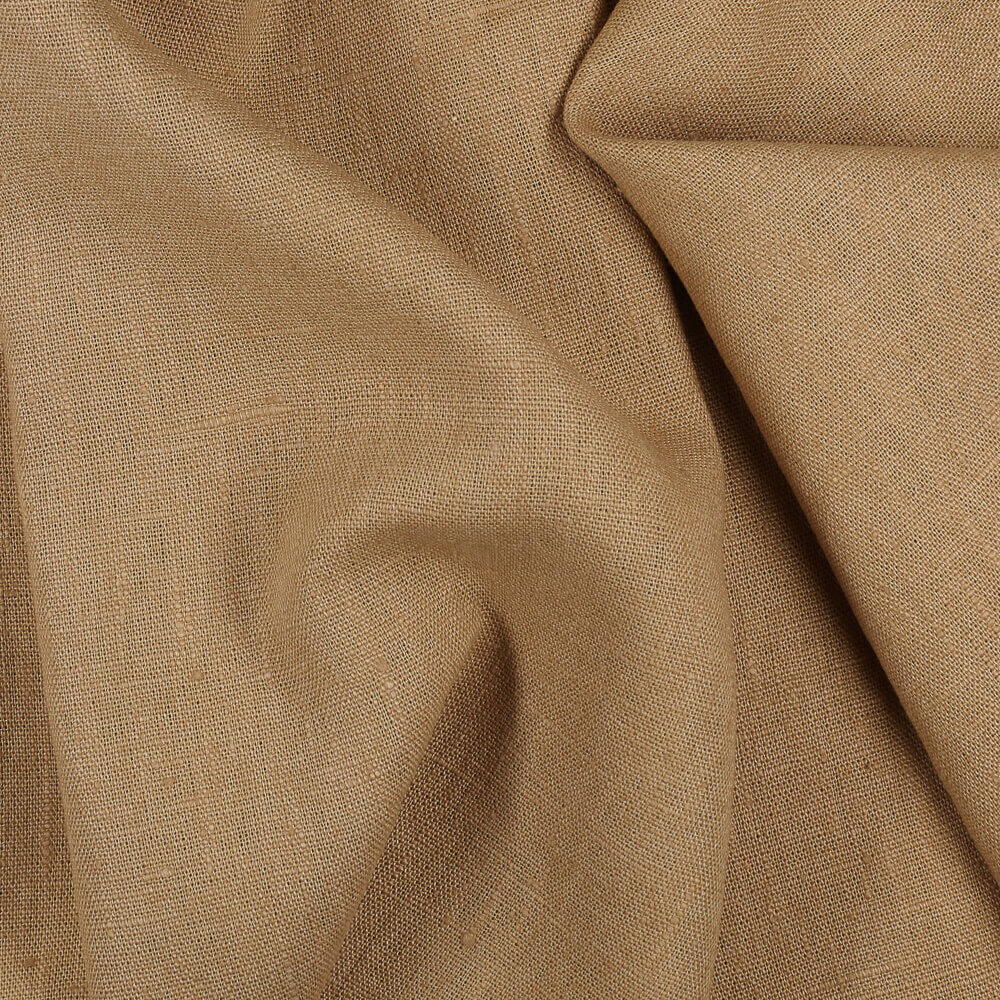
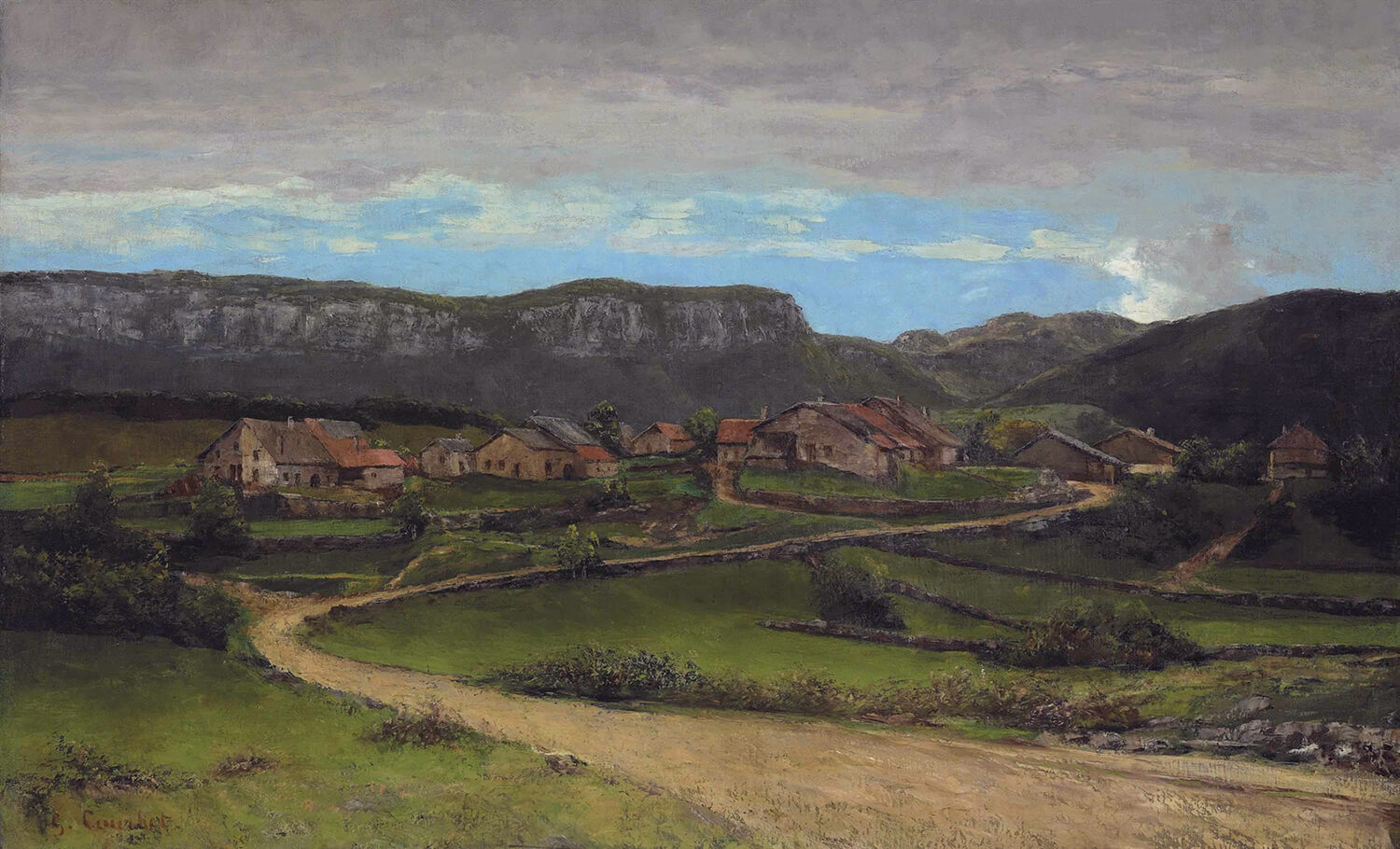
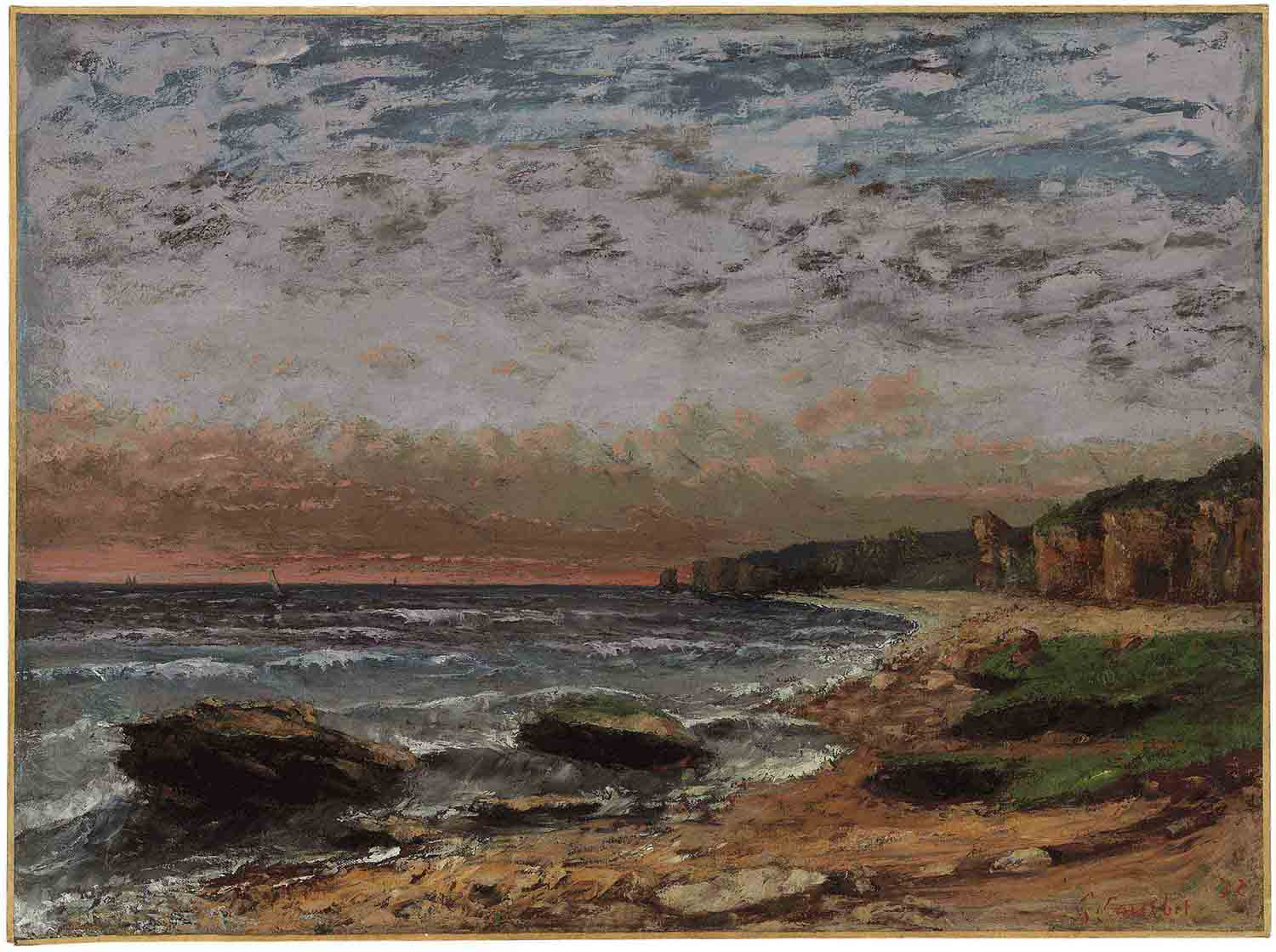




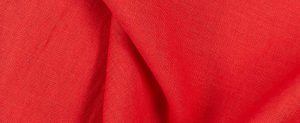


























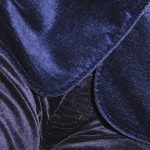


Leave a comment